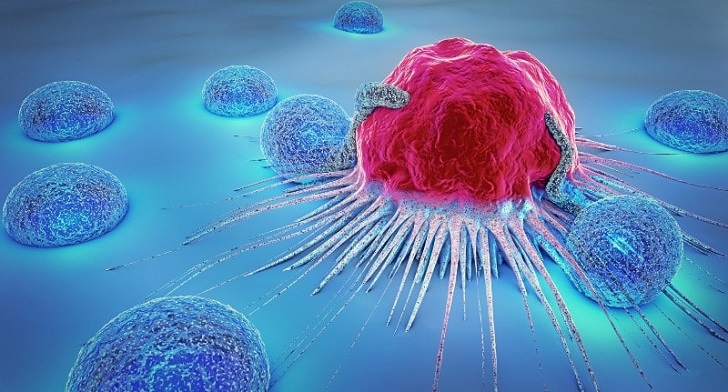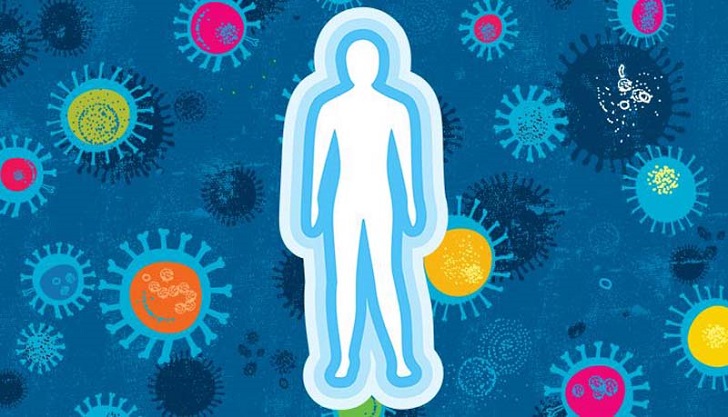Cancer has long been among the most challenging diseases, often requiring complex and aggressive therapies. However, recent advancements in biomedical research have brought about a new and innovative approach: using viruses to fight cancer.
This groundbreaking strategy, known as oncolytic virotherapy, shows great promise in oncology. Let's learn more about using viruses to fight cancer and explore this novel therapeutic approach's potential benefits and challenges.
The Basics of Oncolytic Virotherapy
Oncolytic virotherapy involves using viruses to selectively target and destroy cancer cells while leaving healthy cells unharmed. These viruses are engineered or naturally occurring and can infect and replicate within cancer cells.

Esco Healthcare/ Pinterest | Oncolytic virotherapy is a treatment that involves using a virus that can replicate itself to kill cancer cells
As the infected cancer cells replicate the virus, they eventually burst, releasing more viral particles that can infect neighboring cancer cells, leading to a cascading effect of destruction within the tumor.
Selectivity and Specificity
One of the major advantages of oncolytic virotherapy is its selectivity and specificity in targeting cancer cells. Viruses can be designed to recognize and attach to specific receptors on the surface of cancer cells, allowing them to infect and destroy those cells selectively. This specificity minimizes damage to healthy tissues and reduces the side effects commonly associated with conventional cancer treatments.
Stimulation of the Immune System
In addition to directly killing cancer cells, oncolytic viruses can stimulate the immune system's response against the tumor. Viral infection triggers an immune response, attracting immune cells to the tumor site and enhancing their ability to recognize and attack cancer cells.
This immune-stimulating effect, known as the "abscopal effect," can lead to the regression of distant metastases and provides a potential advantage in treating cancer that has spread throughout the body.

YENNA/ FLICKR | Doctors diagnose an estimated 1.7 million new cases of cancer each year in the United States
Combination Therapies
Oncolytic virotherapy also has the potential to synergize with other cancer treatments. It can be combined with conventional chemotherapy, radiation, and newer immunotherapies. This combination approach has shown promising results in preclinical and clinical studies, where the virus primes the immune system and enhances the effectiveness of other treatments, leading to improved outcomes for patients.
Overcoming Challenges
While oncolytic virotherapy holds great promise, it also faces several challenges. One hurdle is the development of resistance by cancer cells, which can occur due to mutations or other adaptive mechanisms. Researchers are actively investigating ways to overcome this challenge by using multiple or engineering viruses targeting different vulnerabilities within cancer cells.
Safety Concerns
Another concern is the potential for adverse effects or unintended consequences of viral therapy. Although viruses used in oncolytic virotherapy are modified to reduce their ability to cause disease, there is always a risk of side effects. Researchers are working to enhance the safety profile of these viruses through careful design and monitoring, as well as developing strategies to minimize potential risks.
iStock/ Wildpixel | Oncolytic virotherapy is considered one of the major breakthroughs
Clinical Success and Future Directions
Despite the challenges, oncolytic virotherapy has shown promise in clinical trials for various types of cancer, including melanoma, ovarian cancer, and lung cancer. Several oncolytic viruses have received regulatory approval and are being used in clinical practice, while many others are undergoing rigorous testing in ongoing trials.
Future directions in this field include optimizing virus design, exploring combination therapies, and expanding oncolytic virotherapy to a broader range of cancer types.





